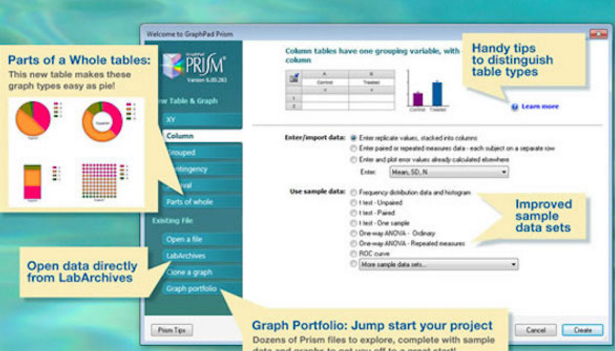
Microsoft Visual Studio 2017 or greater.NET Framework 4.5.īefore you can use the Prism Library, the following must be installed: WPF applications built using this guidance require the. Prism was designed to run on the Microsoft Windows 8 desktop, Microsoft Windows 7, Windows Vista, or Windows Server 2008 operating system. Download and extract the Prism source code and documentation.This section describes how to install Prism. Additionally find out where to get the library and sample source code and the library NuGet packages.įor a list of the new features, bug fixes, and API changes, see the release notes.

pzfx files can only be of type “Column” or “XY”, depending on whether the “X” column is specified by x_col.Learn what’s included in Prism including the documentation, code samples, and libraries.
When reading into R, column names with special formating are converted to regular strings.įor writing, because R data frames and matrices don’t support hierachical columns, the written out. Prism allows special formating of column names such as superscripts. Note if strike_action="star" the entire table is converted to type character. One can choose to delete these values with strike_action="exclude", keep them with "keep", or convert them to a trailing "*" (as they appear in Prism) with "star". To accommodate this, an option strike_action is available in read_pzfx. Prism allows user to exclude data by striking them out individual observations. To accommodate this, NAs are added if the columns are of different lengths.

Prism does not require columns in a table to be of the same length. For example, trailing _MEAN, _SD, _N are added if subcolumns represent mean, standard deviation and number of observations. It tries to infer the subcolumn types and adds appropriate suffix accordingly. To accommodate this, read_pzfx automatically adds _1, _2 etc to the original column name to account for sub columns if they represent replicates.


 0 kommentar(er)
0 kommentar(er)
